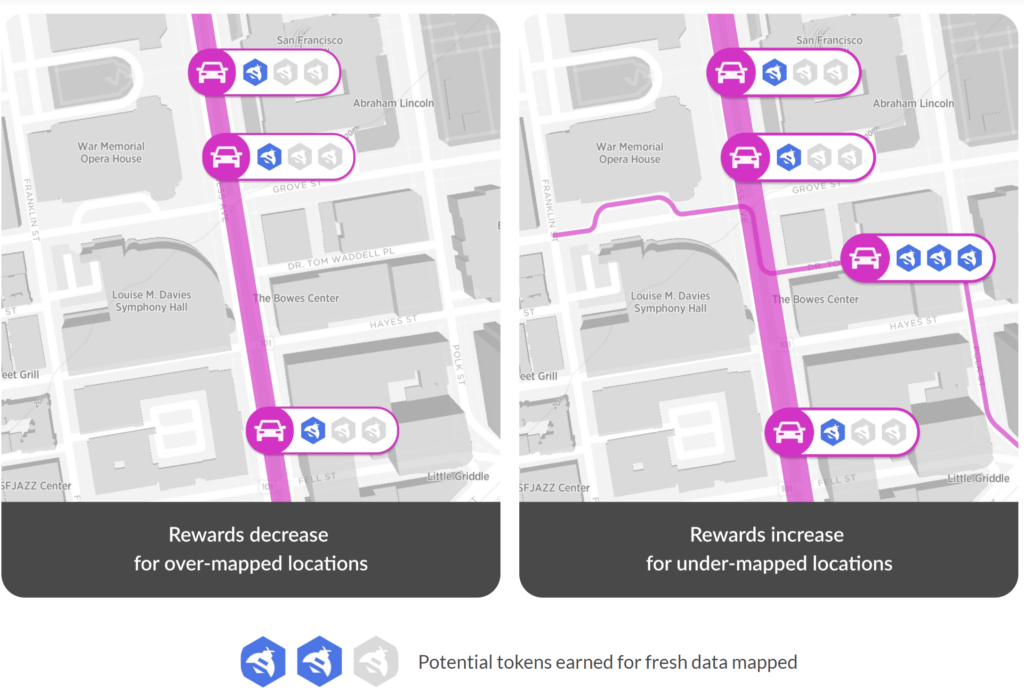2023-06-29

CEO and Head of Janitorial at TX
The time to slap Web3 on pitch decks and wait for investor money to pour in has been long gone. If you want to build real utility and long-lasting value with Web3 tech, this checklist will help you get started.
1. When should Web3 be implemented into business?
Any project or startup should begin by identifying a problem that still needs to be solved or could be fixed better than the current implementations. The “what” and “why” questions serve as the basis before even thinking about “how” new technologies could be of service. Have you ever downloaded an app only because it interacts with AWS or Azure?
Not to underestimate the Web3 ethos, but technologies like blockchains and tokens shouldn’t but forced but instead used when deemed fitting. You’re on the right track if your brainstorming sessions begin highlighting conceptual terms such as ecosystems, decentralization and crowdsourcing.
2. What should a Web3 business model include?
Identifying “who” benefits from a new Web3-based product can be clarified an ecosystem design process.
Ecosystem design helps identify the ecosystem’s most important stakeholders, their needs and wishes, and what they can offer each other. Clarifying the big picture will help draw out more specific details like incentivization models and value flows, making the product more robust and increasing the chances of success.
3. How do businesses make money with Web3?
Completing the previously mentioned design framework makes answering the profit question much more manageable. Without an understanding of your product’s ecosystem, it becomes hard to define how the product can be commercialized. Once you have identified how your business makes something faster, easier, or cheaper for stakeholders, you can begin building a solid revenue model.
For example, Hivemapper rewards users who provide map data for its platform with its own tokens. The company then refines the data and sells it forward. Sounds simple enough on the surface. However, choosing the right incentives, or rewards, to get people moving requires a lot of attention to detail. The ecosystem design process helps to sort out those details.

4. Does a Web3 business need its own token?
Too many tokens have been created just because it is possible to create a token just for an ICO. Whether or not your product requires its own token depends on your ecosystem. Will tokens help achieve objectives, and if yes, then how?
Depending on how your ecosystem is modeled, a token can act as a financial security, used as a way to pay rewards, be a part of the governance model or offer some other utility, like access to gated content.
Many projects have initiated fundraising campaigns through initial coin offerings. In an ICO, people purchase the product’s tokens, which provides liquidity and increases the token’s value. However, ICOs lost most of their popularity since the crypto boom at the end of the 2010s.
5. Where should Web3 businesses register?
Currently, Web3, tokens and especially cryptos are under active legislative investigation. In case your business plan relies heavily on setting up a business in a specific country, it’s crucial to find out how local regulators view the industry.
Right now, the US is in a bit of turmoil with the Securities and Exchange Commission. In the EU, businesses must see how their operations align with the Markets in Crypto Assets (MiCA) package. Some countries might be more lax or favorable toward (crypto) tokens, but things can change rapidly.
The bottom line is to be diligent and make sure you aren’t forced to uproot your company for reasons out of your control.
6. What Web3 technology should businesses use?
Selecting the right tech stack is important but shouldn’t be at the top of your to-do list. Too often startups get asked, “What tech are you using” when the more relevant question is, “Is it doable?” And then concluding with yes or no and building a roadmap from there.
In Web2, you might be looking into different cloud storage platforms, while in Web3, you are probably thinking about different blockchains. Keep in mind that integrating into an existing blockchain will essentially marry your product to that specific ecosystem.
In most cases, testing an idea with a proof-of-concept (POC) or conducting a pilot experiment would be enough. From this perspective, there isn’t anything special about Web3. Like in Web2, build a minimum viable product, expose it early, and make changes based on feedback.
To recap: identify what needs to be done, how those objectives can be achieved, and what tools help to achieve them.
7. Does a Web3 business need blockchain?
If decentralization is a core part of your product, you will likely need to utilize blockchains in its tech infrastructure. There are a few different types of blockchains, and the primary decision is choosing between a public, private or hybrid setup.
As the name suggests, private blockchains limit access from outsiders. One use case for privatization could be housing companies, where a seller transfers to the buyer. The transfer is transparent only to the relevant parties. In this case, a public blockchain wouldn’t provide any clear benefits.
When comparing existing blockchains, note the cost differences in data transfers (gas fees) and how well they can scale with your business. Some blockchains already house many projects, so there may be some added gains in interoperability and portability between different products.
8. Do Web3 companies need a community?
An ecosystem-based product always needs some type of community around it. In a B2B context, the community is more likely to include partner companies than followers on social media.
With consumer clients, you will need user engagement to get some buzz for your product. Community members can fulfill different functions, from enabling the service to happen (like in Hivemapper) to acting as brand ambassadors, test users, ordinary consumers, and so on.
The community is also a testament to the project’s product-market fit. Your active members will essentially be the test group that helps develop the product. As mentioned earlier, early exposure will tell you if you are on the right track and get people excited for the right reasons.
Plan diligently and stay agile
There is no Web3 business success recipe that applies universally to each situation. But being diligent about the foundational work will go a long way to achieving success. In short:
Start by identifying a problem and presenting a solution that gives value to your most important stakeholders. Then, create a roadmap that involves testing your idea and enables you to make changes along the way. Try to remain agile instead of becoming trapped in building a product nobody wants to use.
Finally, enjoy the fruits of your labor together with your community.
Drop us a message to discuss your project
We’ll get back to you as soon as possible.
Find out more
For information on how we can transform your sector or business, please get in touch using the contact details below.





